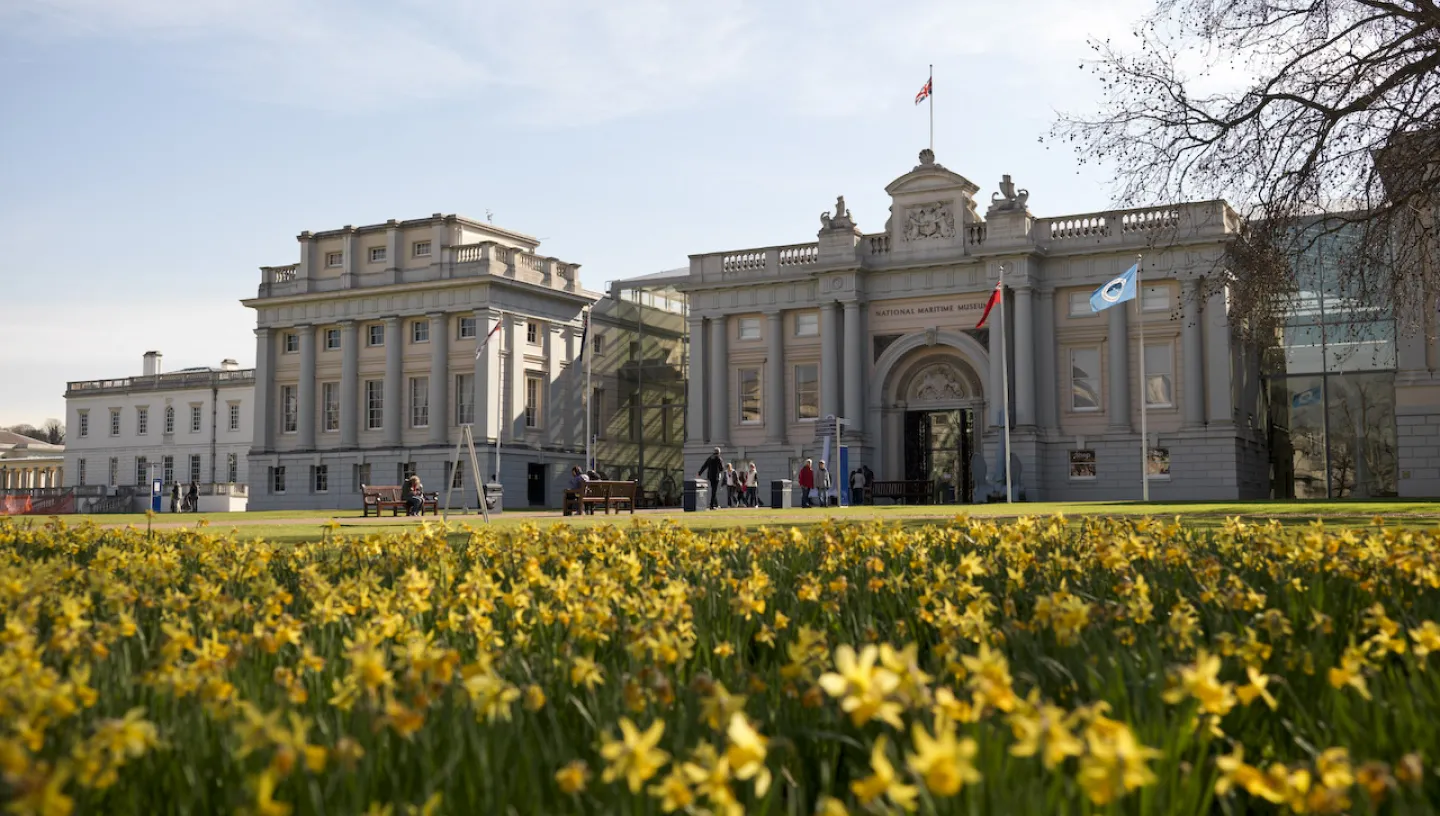
Do you collect things or have specific objects that you consider to be important or special? If so, you have already started to create your own museum.
The idea of creating a museum sounds scary, but in fact, a museum is just like a book with lots of little stories inside it.
A museum's job is to tell stories through objects, and every museum focuses its stories on a specific theme. The theme of our museum is Maritime, which means our relationship to the sea.
So, in our museum we have boats, paintings, medals, uniforms, suitcases and many different items that have been to the sea.
We have asked our expert staff at Royal Museums Greenwich to guide you in making your own museum at home. The first person who will help us is a director.
What does a museum director do?
The director's role is to make sure everything comes together. They are the person who listens to everyone’s ideas and decides on what is best for the museum and its visitors.
Task 1
Can you think of the theme for your Museum?
It may be about something important to you or about something you think people need to know about.
Write down a list of ideas and circle your favourite.
What does a curator do?
The curator's role is to gather information and objects and put them together to tell a story. A curator links objects and categorises them into themes within the main topic of the museum's exhibition.
Task 2
Now you have a theme for your museum, think about all the objects you have at home that fit into that theme. Pick 5-10 objects you think are interesting that fit within your theme.
Find out as much as you can about these objects. For example, when were they made? What are they made from? Who made them? Who did they belong to? How were they used?
What does a photographer do?
The photographer's role is to document the museum's objects. These photos can be used to promote an exhibition, they can be used on the website, and also used in condition reports (documents that let staff know whether an object is in good condition, or whether it is damaged).
Task 3
Take photographs of your chosen museum objects.
Place them on a piece of plain paper and take photos of the object from every angle.
You may want to use these for your promotional poster later on.
What does a conservator do?
The role of a conservator is to ensure the collection is safe from harm so that people can enjoy it for years to come.
Task 4
Inspect your objects and check if they have any damage. Use the attached condition report to describe the condition of the object.
Do you think they are safe to be on display?
Think about what could damage the objects when on display. Do they need to be away from light? Or do they need to be behind a frame to stop people touching them?
What does an interpretation curator do?
The role of an interpretation curator is to write clearly about the objects on display and explain why they are important. They must think about the audience of the museum and create labels that inform and inspire the public.
Task 5
You now need to think about what information you should write on your museum labels. Remember, you also need to think about what information your visitors may want to know. For example, when were they made? What are they made from? Who made them? Who did they belong to? How were they used?
On a piece of paper, write a label for each object. The labels need to inform the visitor about the name of the object, the date it was made and what it is made from.
Underneath, write a sentence or two explaining why this object is significant.
What does an exhibition designer do?
The exhibition designer places the museum objects in an interesting way to add to the story of the exhibition. The role requires someone who is very creative and has a good eye for design. The exhibition designer also needs to think about how the design of the imagery for the exhibition appears on posters and invitations, too.
Task 6
Think about how you want your audience to see the objects. Do you want them flat on a table or do you want them displayed at different heights? Are the objects accessible to all your visitors? Ask yourself, is the object accessible to wheelchair users?
Draw or make a model of how you envisage the display.
When you are ready to have your exhibition, lay out the objects using your designs to help you. Place your labels next to the objects.
Make a poster or tickets to promote your exhibition.
What does a visitor service assistant do?
The visitor services team are the public face of the museum. A visitor assistant doesn’t just welcome the visitors and make sure the objects are safe, they also create tours for the visitors.
Task 7
Think, how will you make sure all your visitors have a warm welcome and enjoy their time at your exhibition?
Create a short tour of your museum. Write a short script for your tour. Think about the key points of interest on each object. Also, remember to leave some room for questions from your audience.
Create feedback cards for your visitors to give their opinion on the exhibition and your tour.
Congratulations!
By following these steps and using your own creativity, you will have made your own museum! Please note, you can do this task again and again with different objects and themes. You could also make your own artwork to exhibit!
When you have created your Museum, you may want to tell us about it by tweeting us @RMGreenwich
For more creative inspiration, visit our Cutty Sark learning resources page.